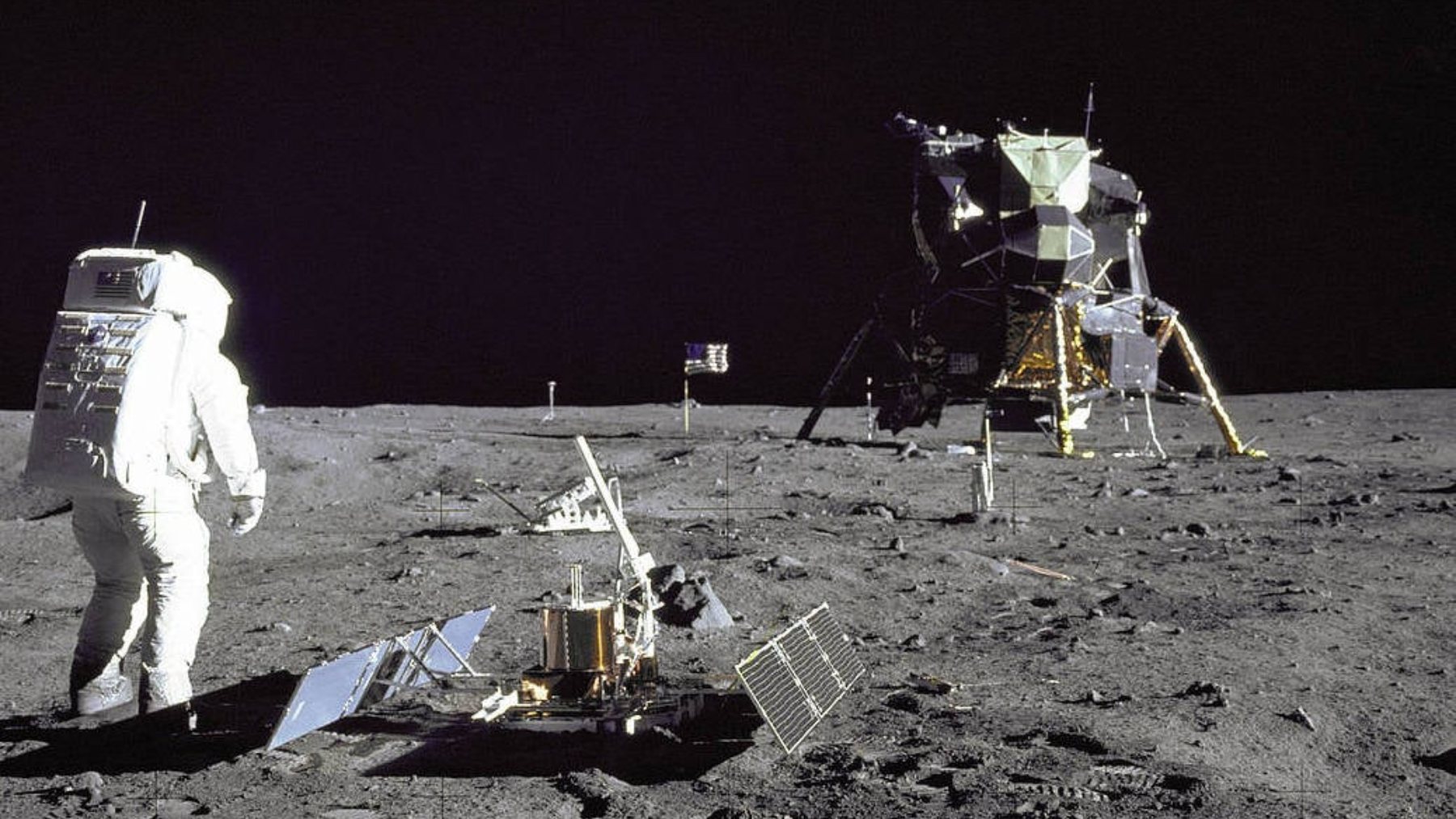We have always heard about NASA’s many missions sending rockets, astronauts, and robots to space. But, what about trash astronauts can produce in one mission? The truth is this can be very dangerous for the Moon and we never thought about it…
Everything we will tackle in this article comes from a real NASA challenge: the LunaRecycle Challenge. Here anyone can submit their solutions to recycle waste in space. So, let’s find out more about this curious initiative.
Danger of space trash
The issue with trash in space is that it doesn’t exist somewhere to throw it. Here, on Earth, we can throw it in the trash, and then the garbage truck collects it and it disappears. However, this is not possible on the Moon, so every package, every broken piece, stays there with them.
NASA has shown some numbers: four astronauts can produce more than 2,100 kg of trash in a year. We are talking about plastics, fabric, metals, and so on. The most worrying thing? The trash comes from daily operations, habitat constructions or simply living there.
Basically, we can say space trash is a risk because it occupies space, it could mean a danger, and it consumes very valuable resources. On the Moon, every kg counts, so if they are not reused, there will be more deliveries from Earth and that’s quite expensive…
NASA is moving fast
To try and solve this situation, NASA has come up with the LunaRecycle Challenge divided into two stages:
- Milestone Round: you can present your proposition until January 2026 and in February 2026 the 20 finalists will be announced.
- Final Round: In August 2026, finalists will show their prototypes working in an in-person demonstration.
Exactly! You could be one of the people whose idea to solve this space trash issue could be very helpful for NASA. The prize? There are $2 millions for the most promising idea. What’s more, there are additional prizes for those who present a ‘’digital twin’’, a virtual and detailed copy of the prototype.
Why this matters
With less trash everything on the mission works better: a more organized habitat, the job is safer, and the resources are better used. The most interesting thing about this? Getting this trash on the Moon solved, it will also show NASA how to manage the same thing on Mars, deep space, and even on our planet Earth. It’s about global sustainability.
How can you take part?
I know it might sound difficult, but you can do this step by step. The LunaRecycle Challenge is open to U.S. people and teams, you don’t need to be an aerospace company to take part in this. Let me tell you some advice:
- Focus on real trash: fabric, plastics, metals, etc.
- Be practical and creative: your idea must work under low gravity and little time for the astronaut.
- Think about safety: nothing can put crew members at risk.
- Integrate your idea: if your system can connect with habitat constructions or vital support, you will get more points.
- Make a prototype soon: even if the model is small, it can show that your idea is valid.
Not just about NASA
Something curious about this challenge is that astronauts are not the only ones who benefit from it, it also inspires engineers, students and innovators on Earth. Thinking about how recycling in an efficient way in a place that is so extreme is not an easy task, I know. But who knows if your idea for the Moon will end up helping clean our satellite as well as our own planet? Are you willing to participate?
